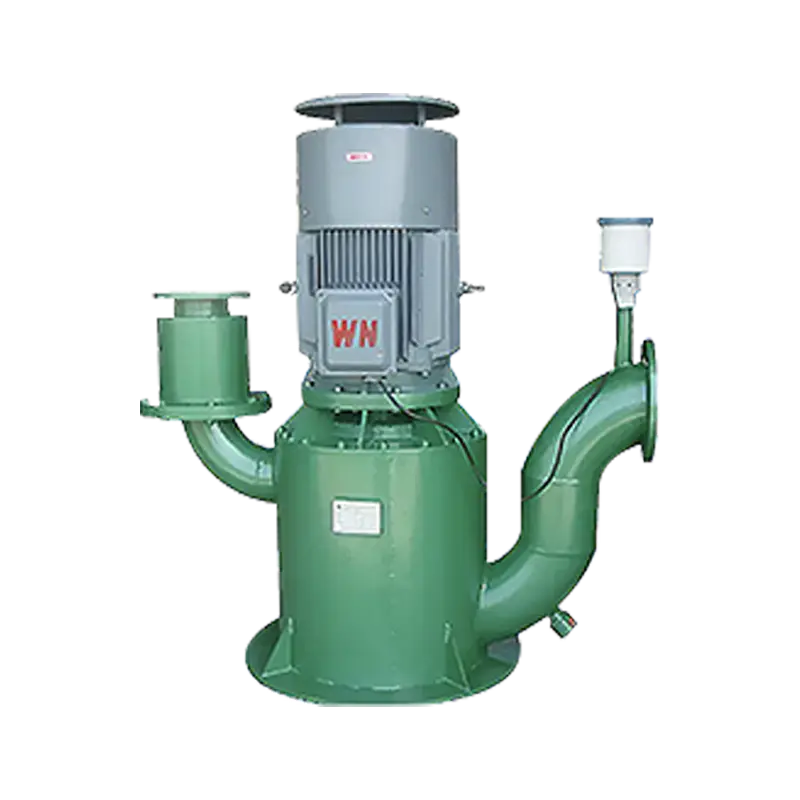1. Regularly Check for Air Leaks
One of the most common issues with self-priming pumps is air leaks in the suction line. These leaks can cause the pump to lose its prime, resulting in inefficient operation or even complete failure. To prevent this, it’s important to regularly inspect the suction pipe and seals for any signs of damage or wear. Pay close attention to the suction strainer, gaskets, and connections, replacing any parts that show signs of wear.
2. Clean the Pump Components
Over time, debris, dirt, and other contaminants can build up in the pump components, especially in the impeller and casing. These obstructions can hinder the flow of liquid and reduce the pump’s efficiency. Regular cleaning of the pump’s interior is essential. It’s important to disassemble the pump as needed to ensure that no dirt or particles are causing blockages.
For pumps handling slurries or liquids with solids, additional attention should be paid to removing any material buildup in the casing or impeller, which could impair the self-priming ability. Make sure to follow the manufacturer’s instructions for cleaning and use non-corrosive cleaning agents where possible.
3. Monitor Pump Performance
Routine performance monitoring is another critical maintenance task. Keep an eye on pressure readings, flow rates, and motor speed to identify any abnormal changes. A drop in performance may indicate internal wear or a developing issue. By catching these problems early, you can address them before they lead to more serious damage.
Using gauges to monitor the inlet and discharge pressure can help detect cavitation or airlock conditions that may be compromising the pump’s efficiency. If abnormal readings are noticed, immediately check for blockages or leaks.
4. Lubricate Moving Parts
The impeller and shaft in a self-priming pump are subject to wear from constant movement. Regular lubrication of these components helps reduce friction, prevent corrosion, and maintain smooth operation. Follow the manufacturer’s guidelines for the type and frequency of lubrication needed for your pump model.

Make sure that the bearings and seals are also adequately lubricated to prevent overheating or unnecessary wear. Periodically inspect these components to ensure they are in good condition and replace them if necessary.
5. Replace Worn or Damaged Parts
Even with regular maintenance, some parts of a self-priming pump may wear out over time. Common components that may need replacement include gaskets, seals, impellers, and bearings. It’s essential to replace these parts promptly to avoid reduced pump efficiency or failure.
In some cases, worn impellers or seals can result in air leakage, disrupting the pump’s ability to prime itself. Therefore, maintaining a supply of replacement parts and scheduling regular inspections can help avoid unplanned downtime.
6. Inspect the Motor and Electrical Connections
For electrically-driven self-priming pumps, motor maintenance is just as important as pump maintenance. Regularly check the motor’s electrical connections, ensuring that wires are intact and free from corrosion. Also, inspect the motor for any unusual noises or overheating, as these could indicate potential issues with the motor or its power supply.
7. Perform Seasonal Maintenance
Depending on the environment and the conditions in which the pump is operating, seasonal maintenance may be necessary. For example, in colder climates, the pump should be inspected for freezing issues and the liquid in the system may need to be drained to prevent damage. Similarly, pumps used in extremely hot environments may need extra care to prevent overheating.





















